Software Rasterizer
My previous implementation of a software rasterizer was able to do some interesting stuff, but it was difficult to repurpose and was not designed well. For this reason, I decided to rewrite it and make a header for NQADE which would contain the logic and make it easier to work with for future projects.
As support for that, I also wrote a wrapper around my image utilities with all the common functions I would need, so I don't have to do lodepng::decode and lodepng::encode, I can just use the Image class's Load and Save functions. Makes things much simpler - I also needed a floating point version of this class as well, to represent the depth target of the rasterizer.

Motivation
It's a valid question, when you have a graphics API, why you would want to implement your own? There are a number of reasons to do so. Some of the largest ones that I see my implementation is capable of, over simple usage of the OpenGL API that I have been using:
- Arbitrary Resolutions - Tested up to 35k pixel square targets - requires a lot of memory and it's slow ( 1-2 seconds territory for the big pile of cars image later on the page ), but it works smoothly
- Arbitrary Depth Range - Able to use the full range of floating point values for the depth data
- Transparent Output - Easy extension to the base logic to be able to manage an alpha channel
- Operations based on Barycentric Coords - Easy access to barycentric coords lets you experiment with some different stuff - I tried some stuff to reject samples in certain ranges of the barycentric coordinates, but this can also be used for more practical things like drawing outlines
- Reuse of Depth Data - This made another project I had been thinking about for a long time possible ( or at least much easier to realize, for reasons I will explain on that page )
- Easy Use of Arbitrary Types - Can use whatever data types make sense through the whole process, depending on what you want to do
And overall it works pretty well. As a single threaded CPU process, it's not the fastest thing in the world, but it is functional. Computing on the CPU and buffering the resulting image to the GPU is in the 250ms/frame kind of territory. You can see it here being used to show the old version of the sponza model:
Realtime output is not an application that it is particularly well suited for, due to the speed - there are a lot of other applications outside of this usage. The point of this project is to give me something for use cases outside of that, I was really just curious to see if it would do it. Displaying a higher poly textured model like this in realtime is a job for the graphics API rasterizer. Hardware accelerated implementations, or at least implementations that would operate in multiple threads are much better suited for realtime throughput at reasonable resolutions, if you want more standard functionality like that.
Barycentric Sample Rejection
This was just a quick experiment, where I could consider or not consider samples that were in certain ranges of the barycentric coordinates on a simple icosahedron mesh.
Two Barycentric Coords Less Than 0.3

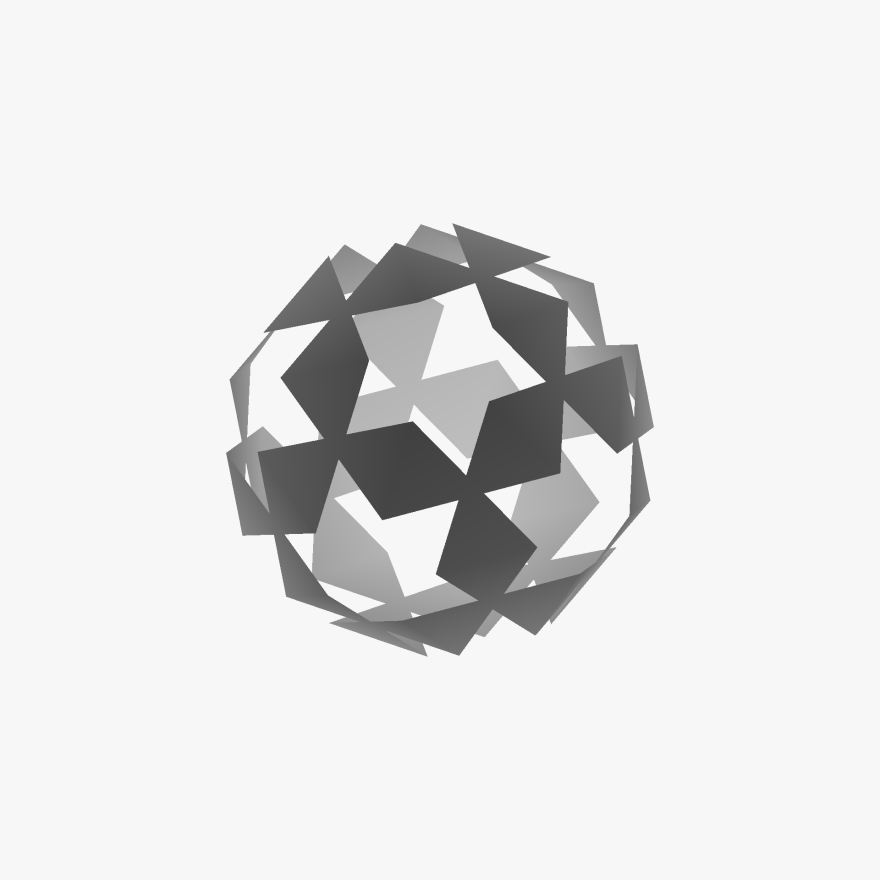
Mod Logic on Barycentric Coords

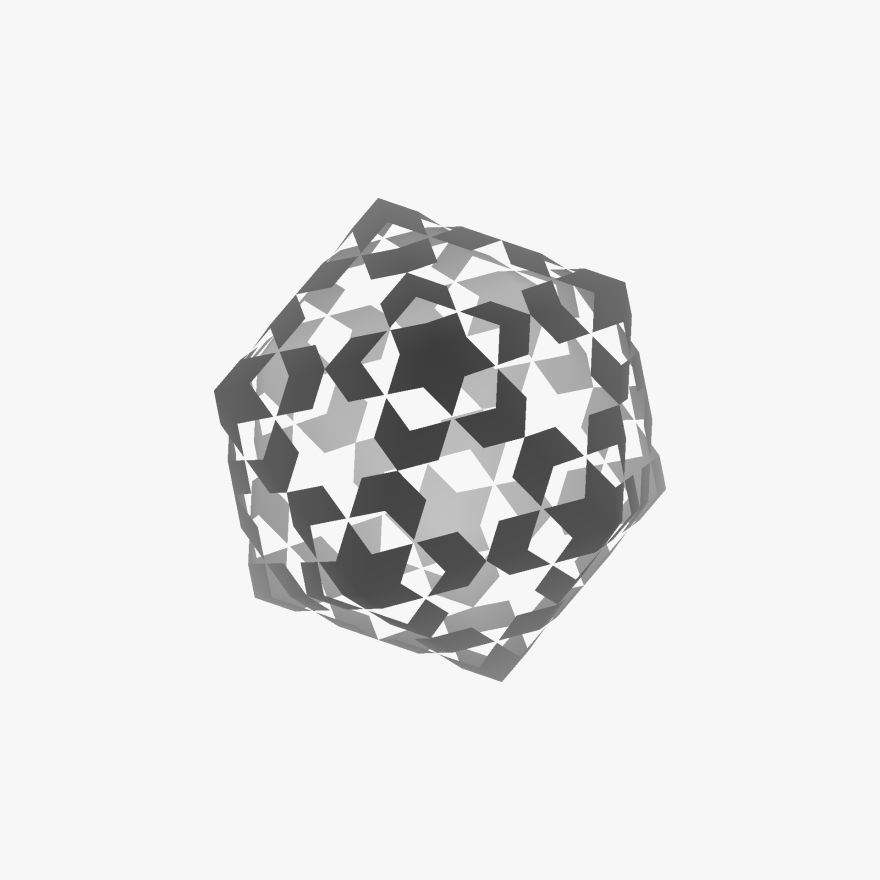

This is the mod logic, where continue aborts this fragment and continues to the evaluation of the next one.
Another Little Experiment
And I also tried doing some stuff with swept lines - this uses Bresenham's algorithm for drawing lines, basically a large number of nested icosahedrons, which are rotated slightly between each nesting verison. This is something you could pretty easily do with graphics API geometry, with the exception of the transparent output.
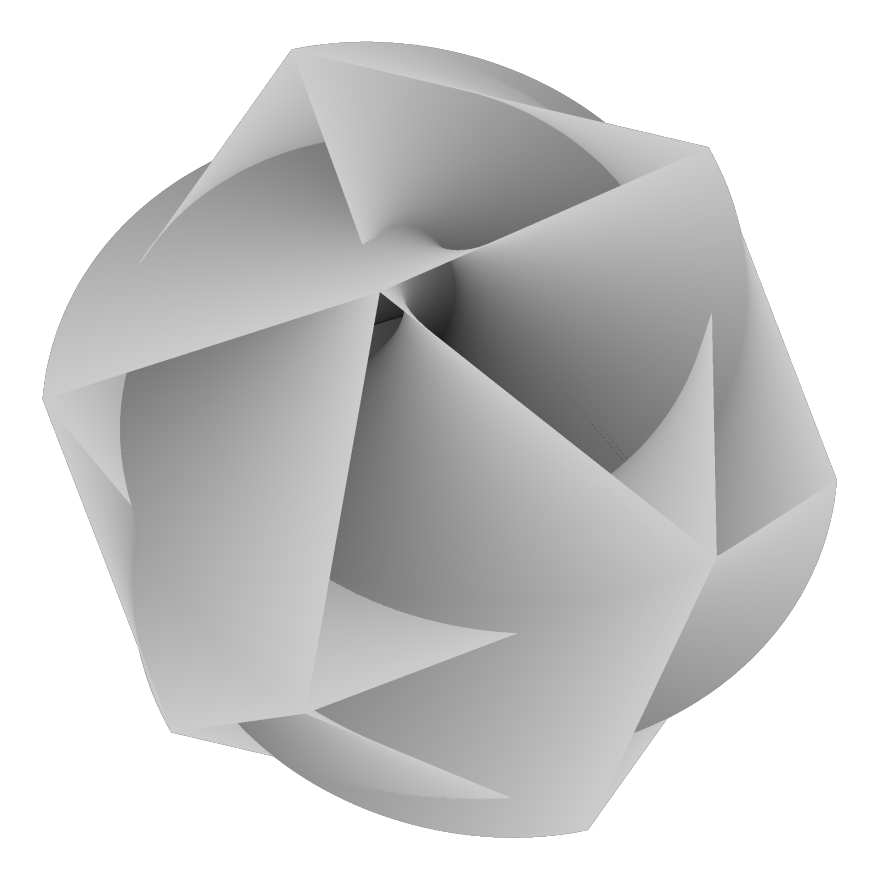
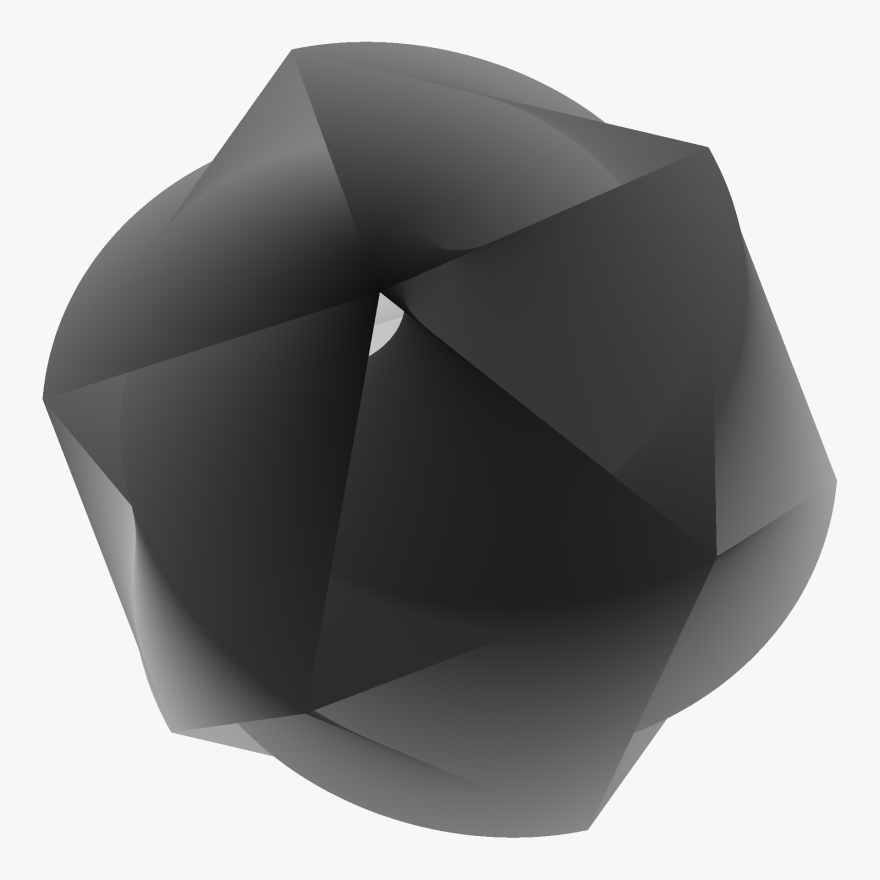
Gran Turismo 2 Models
Something I was messing with during the time I was doing this - this is really cool. I found a twitter post that led me to a program called gt2mv, which I was able to use in conjunction with some other modding tools to extract a couple thousand textured low poly car models from the game ISO. GT2 was released in 1999, so hardware requirements and capabilities were very different - the modelling and texturing is very impressive, and makes really good use of the resources that were available in consumer hardware at the time.
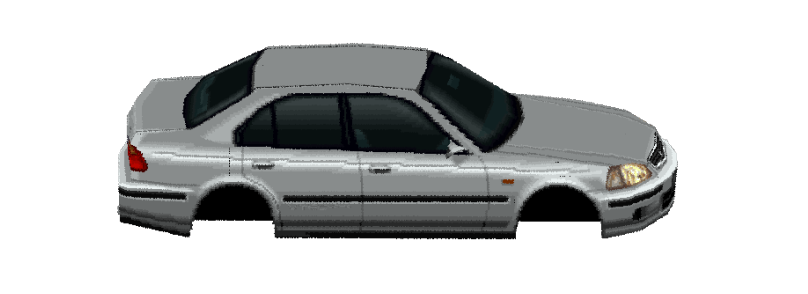
They have a huge catalog of cars, even my first car, the 6th gen four door Honda Civic. Wheels are handled separately from the models, due to their integration into the physics sim on the suspension, so you would have to manually scale and place the wheels in order to make that part look right. I had an idea to stress test the rasterizer, I rendered hundreds of thousands of copies of these models to an 8k pixel square target - you can see the result below ( click through for full res, but be aware it's about 70 megs ).
The performance is not great at this scale, especially since I was loading the obj for each model each time I drew a vehicle. Not too bad given the poly count and resolution of the textures, but still some significant overhead. This image took a couple seconds to produce - I took inspiration from the idea of a big pile of hot wheels cars, they have randomized orientations in such a way as to not show the bottom surface of the model.

Future Directions
This has already enabled several other projects. I intend to use this again in the future, as it can be very useful to jack into the rasterizer process at arbitrary points. I definitely think that this will be useful again, which was the motivation to encapsulate it better and put it in a header. Two projects as of writing time have made use of this capability in NQADE:
- Mesh Voxelizer in Voraldo13 - This takes a mesh, and keeps all fragments - by rendering from three views, it makes up a fairly reasonable approximation of the shape in the voxel space. This is a perfect example of where I have greater capability than the graphics API rasterizer, as it would be much more difficult to extract all the fragments for a given pixel.
- Plotter Hidden Line Removal - This takes a mesh, renders it once to get the depth result, then applies a small depth bias and renders the model as lines, keeping track of the full or partial occlusion of each segment in the model. The result is output as an SVG, ready to be drawn on a physical pen plotter with all occluded line segments removed, including parts of lines that are partially occluded.
These both are ideas that had been on the back burner for some time, because I didn't have an easy to use software rasterizer interface. My old implementation worked well enough, it was just written in such a way as to make it fairly difficult to extend. I had followed the tinyrenderer series of tutorials when I was going through it with the GPVM group. It's a good intro to the concepts, but you have to think about how the code is structured if you want to do something more general purpose with it.